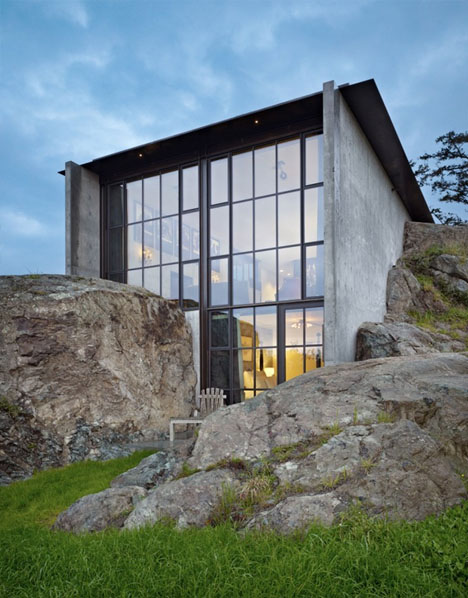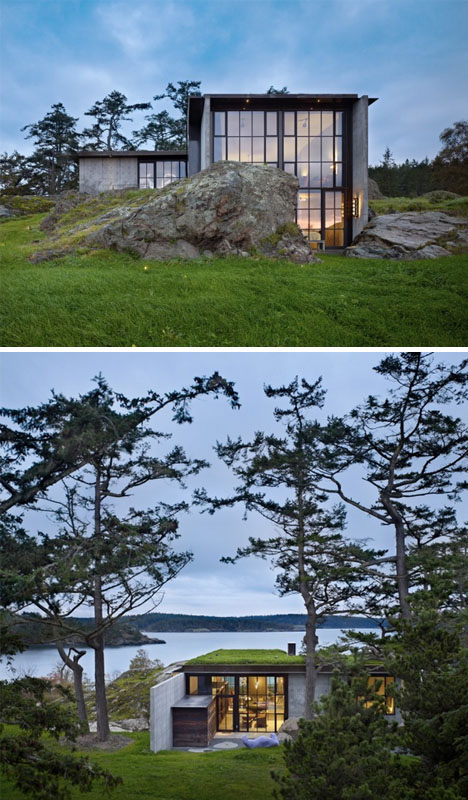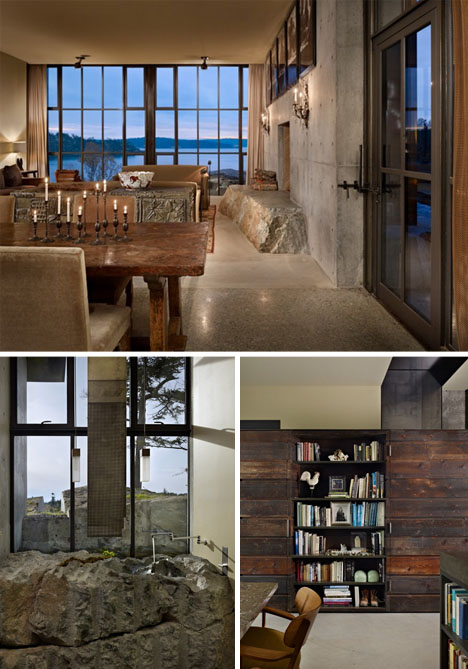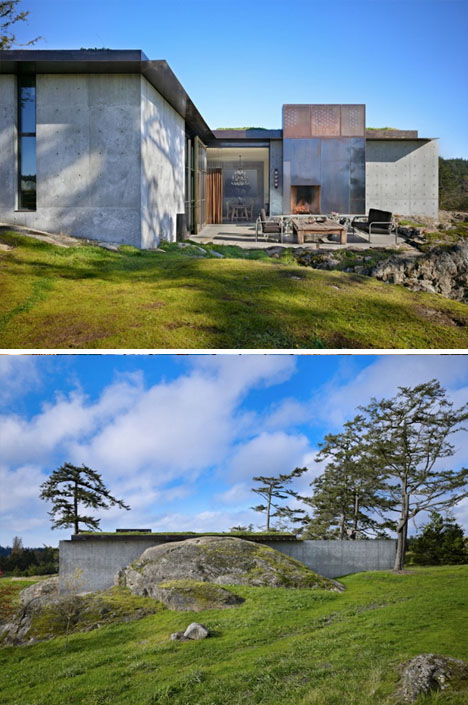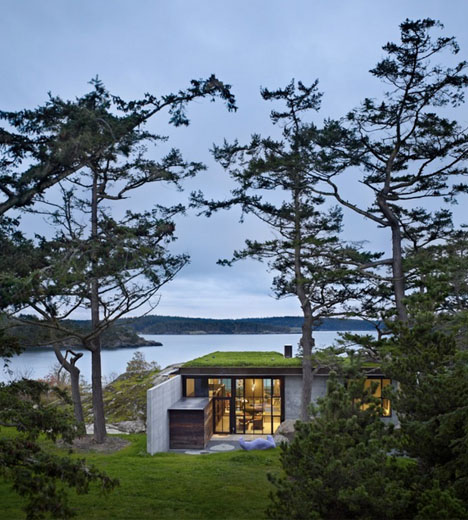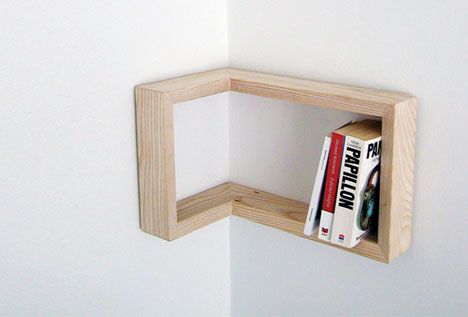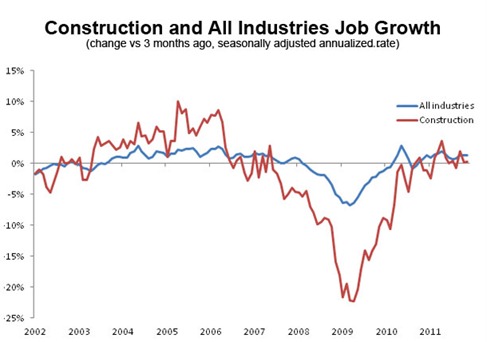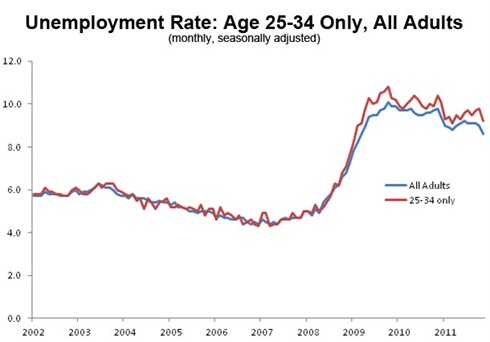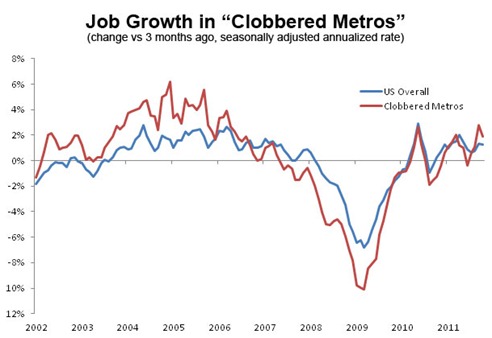My hometown of Montreal is a rich place for cathedrals and monumental buildings especially in historic district of Old Montreal. One of such buildings is Notre-Dame Basilica alias Basilique Notre-Dame de Montréal. Special on this basilica is that is do not shows biblical scenes on its windows but scenes from religious history of Montreal. Montreal Convention Center alias Palais des congrès de Montréal, is a convention and exhibition centre. The Cathedral-Basilica of Mary, Queen of the World alias Cathédrale Marie-Reine-du-Monde is located at 1085 Cathedral Street and is the seat of the Roman Catholic archdiocese. Montreal Olympic Stadium alias The Big O (some would say “The Big Owe” due to its cost) was built for 1976 Summer Olympics and is the tallest inclined tower in the world at 175 m. Christ Church Cathedral is located at 635 Saint Catherine Street West and is the seat of the Anglican Diocese. The Montreal City Hall alias Hôtel de Ville de Montréal was built in 1878.

Notre-Dame Basilica

Montreal Convention Center



The Cathedral-Basilica of Mary, Queen of the World

Montreal Olympic Stadium

Christ Church Cathedral


